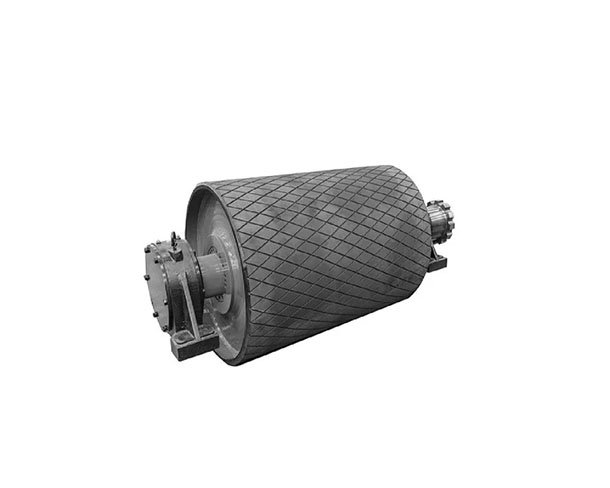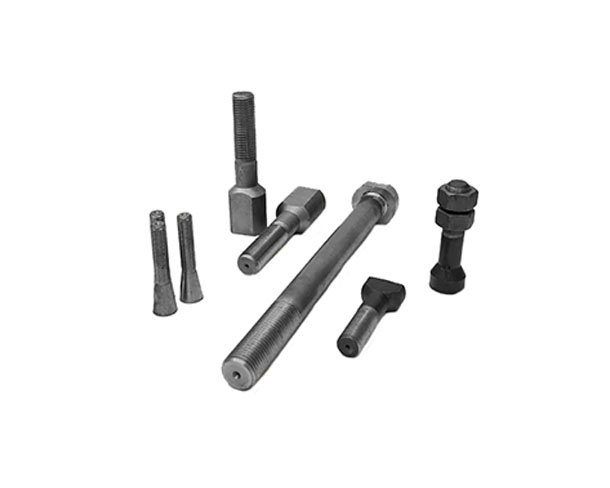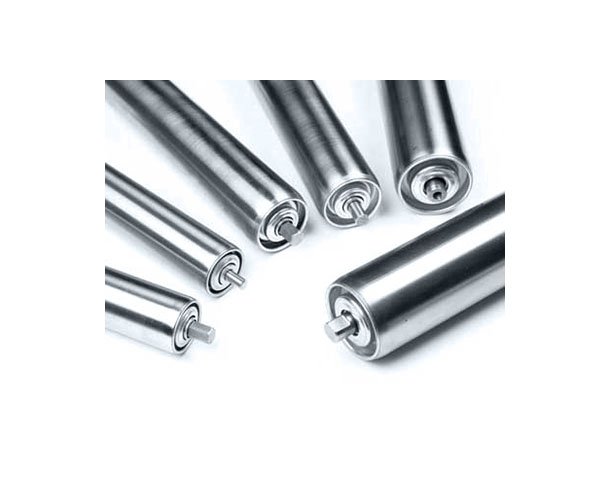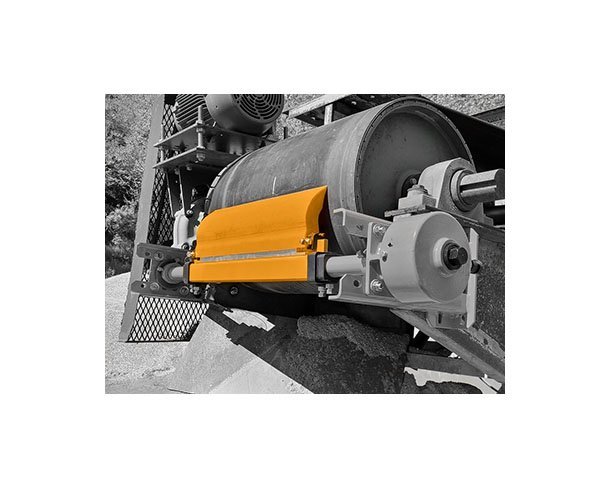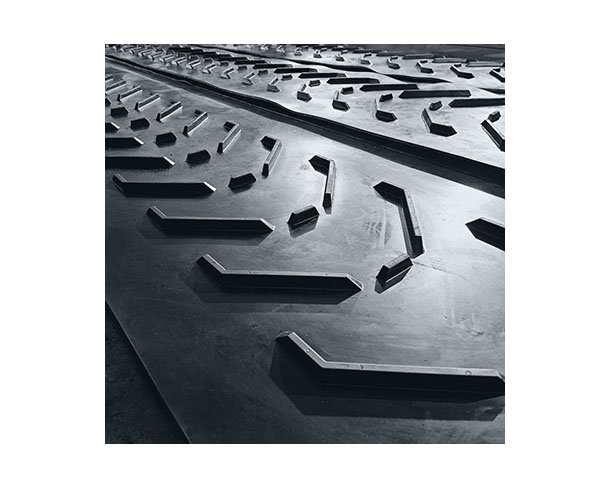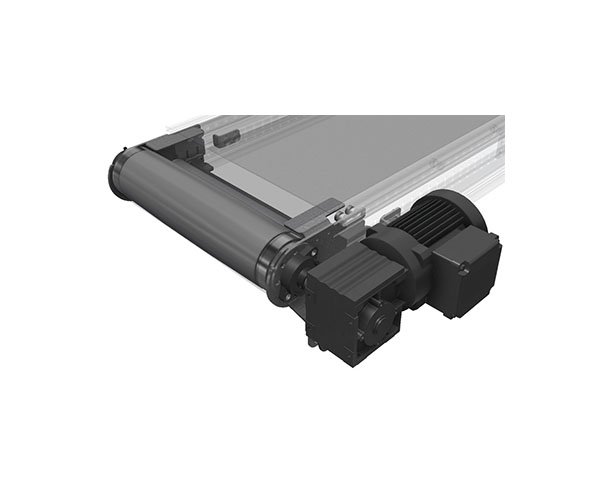Conveyor pulleys for sale
Conveyor pulleys specifications
Conveyor drive pulleys: our premium drive pulleys deliver optimal performance to conveyor belts across a wide range of applications and industries, including recycling, agriculture, and food processing. The design and size of the conveyor drive pulley will vary depending on the specific application. Request your (non) original conveyor drive pulleys on this page.
Complementary items to order if needed:
- Tensioning bolts and nuts (mounting material)
- Conveyor rollers
- Belt scrapers
- Conveyor belts
- Conveyor drive unit
If you can not find the right items, please let us know in the request!
Looking for replacement parts for your recycling machine? We offer a comprehensive selection of (product) parts compatible with equipment from major brands like: Metso, Sandvik, SBM, Keestrack, Terex Finlay, Terex Pegson, Powerscreen, Nordberg, Kleemann, Hammel, Arjes, Doppstadt, Lindner, Vermeer, Zemmler, Eschlböck, Komptech, Terex Ecotec, Terex Evoquip, McCloskey, Anaconda, Telestack, Backers, Eggersmann, Haas, Terra Select, Siebotec, Hartl, Hazemag, MFL, Rockster, Extec, Gipo, Lippmann, Parker, Portafill, Prall-Tec, Rubble Master, Maximus, SBM Wageneder, Svedala, Tesab, Rev, Tana, Untha, Zenith, Nordmann, Morbark, Vecoplan, BHS Sonthofen, Bano Recycling, Amis, Eldan Recycling A/S, Herbold Meckesheim GmbH, Wagner Shredder, Weima, Zeno
FAQ – Recycling Equipment. Also read our FAQ about the different types of crushers, screeners, shredders, grinders and chippers.
Conveyor pulleys and there functions:
Conveyor pulleys are essential components of a conveyor belt system. They are used to guide, support, and drive the conveyor belt, ensuring smooth and efficient material handling. There are several types of conveyor pulleys, each serving specific functions within the system:
Drive Pulleys: These pulleys are powered by a motor and transmit power to the conveyor belt, causing it to move. They are typically located at the head end of the conveyor.
Return Pulleys: These pulleys guide the empty or unloaded portion of the conveyor belt back to the head end. They are located at the tail end of the conveyor.
Tension Pulleys: These pulleys are used to maintain proper belt tension, ensuring optimal performance and preventing belt slippage. They are often adjustable to accommodate variations in belt length or load.
Deflection Pulleys: These pulleys are used to change the direction of the conveyor belt, typically at bends or curves in the system.
Snub Pulleys: These pulleys are used to increase belt wrap around the drive pulley, improving traction and power transmission..
Key factors to consider when selecting conveyor pulleys:
When selecting conveyor pulleys, several factors must be considered:
Material Handling Requirements: The type of material being conveyed, its weight, and its size will influence the pulley’s design and material.
Belt Type and Size: The type of belt (e.g., rubber, PVC, steel) and its width will determine the appropriate pulley size and configuration.
Operating Environment: Factors such as temperature, humidity, and exposure to chemicals or dust will impact the pulley’s material and construction.
Power Requirements: The required power for the conveyor system will dictate the size and type of drive pulley.
By carefully selecting and maintaining conveyor pulleys, you can ensure the reliable and efficient operation of your material handling system.
Benefits of using conveyor pulleys:
Conveyor pulleys play a crucial role in the efficient operation of conveyor belt systems. Here are some of the key benefits they provide:
Drive and Power Transmission:
Drive Pulleys: These are connected to a power source (motor) and transmit power to the conveyor belt, initiating its movement.
Idler Pulleys: These support and guide the belt, ensuring smooth and efficient operation.
Tension Control:
Pulleys help maintain proper belt tension, preventing slippage and excessive wear.
Optimal tension ensures smooth material flow and extends the lifespan of the belt.
Direction Change:
Pulleys can be used to change the direction of the conveyor belt, allowing for flexible material routing within a facility.
Support and Alignment:
Pulleys provide structural support to the conveyor belt, distributing the weight of the material being transported.
They also help maintain accurate belt alignment, reducing friction and wear.
Increased Efficiency and Productivity:
By automating material handling processes, conveyor systems with pulleys significantly improve efficiency and productivity.
They reduce labor costs, minimize manual handling errors, and accelerate production cycles.
Reduced Labor Costs:
Conveyor systems with pulleys eliminate the need for manual labor, reducing labor costs and associated risks.
Improved Safety:
Automating material handling reduces the risk of accidents and injuries associated with manual lifting and transport.
Versatility and Customization:
Conveyor systems with pulleys can be customized to suit various material handling needs, including different product sizes, weights, and transportation distances.
In conclusion, conveyor pulleys are essential components of modern material handling systems. They offer numerous benefits, including increased efficiency, reduced labor costs, improved safety, and versatility. By understanding the role of pulleys in conveyor systems, businesses can optimize their operations and achieve significant productivity gains .
Findeq – Your Trusted Partner in wear and spare parts solutions:
At Findeq, we understand the importance of each component like conveyor pulleys. We offer a wide selection of high-quality conveyor pulleys, designed to be compatible with various machines. Our conveyor pulleys are manufactured with superior wear resistance in mind, maximizing their lifespan and minimizing downtime for replacements.
For more information on conveyor pulleys or any other wear and spare parts related needs, contact us or read more on this page explaining how to order wear & spare parts from Findeq.
